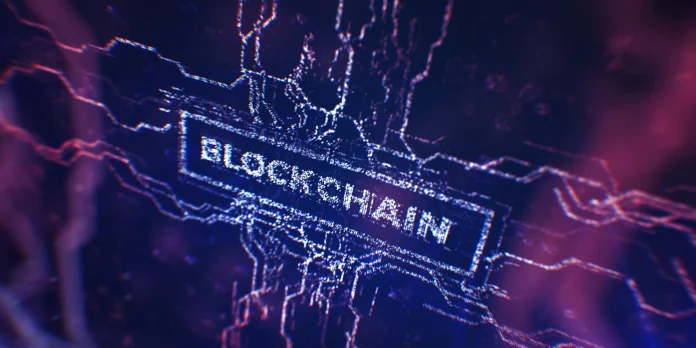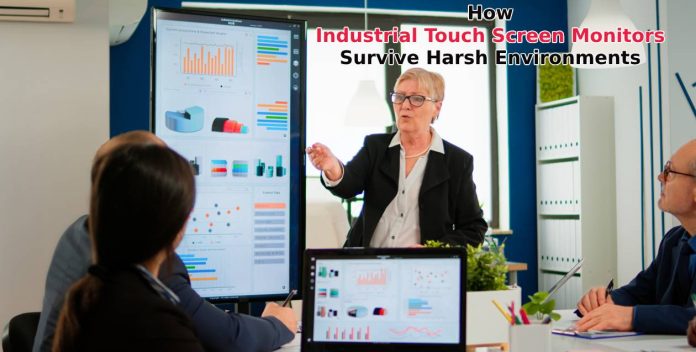In the world of architecture and interior design, the evolution of materials has led to the emergence of innovative solutions that redefine the aesthetics and functionality of spaces. Among these, metal wall panels stand out as modern marvels, offering a blend of style, versatility, and practicality. In this exploration, we delve into the captivating realm of metal wall panels, uncovering their unique characteristics, applications, and the impact they have on contemporary design.
The Rise of Metal Wall Panels
Metal wall panels have witnessed a surge in popularity in recent years, thanks to their ability to imbue spaces with a sleek, contemporary look while providing numerous benefits. Initially embraced in industrial and commercial settings, they have now found their way into residential projects, luxury hotels, retail spaces, and more. The versatility of metal allows for a wide range of finishes, textures, and colors, making it a favorite among designers seeking to make a bold statement.
Versatility in Design
One of the most compelling aspects of metal wall panels is their versatility in design. Whether aiming for a minimalist aesthetic or a more intricate pattern, metal panels can be customized to suit various preferences and architectural styles. From smooth surfaces to textured finishes such as brushed metal or corrugated patterns, the design possibilities are virtually endless. Additionally, metal panels can be perforated or embossed to create visual interest and enhance acoustics, making them suitable for spaces where sound control is essential.
Durability and Sustainability
Beyond their aesthetic appeal, metal wall panels offer unmatched durability and sustainability. Constructed from materials such as aluminum, steel, or copper, these panels are resistant to rust, corrosion, and degradation, ensuring longevity even in challenging environments. Their resilience makes them an ideal choice for exterior applications, where they can withstand harsh weather conditions with minimal maintenance. Furthermore, metal is a recyclable material, contributing to sustainable building practices and reducing environmental impact.
Practical Benefits
In addition to their design versatility and durability, metal wall panels offer a host of practical benefits. Their lightweight construction makes them easy to install, reducing labor costs and project timelines. Moreover, metal panels can be prefabricated off-site, ensuring precision and quality control during the manufacturing process. Once installed, they provide excellent thermal insulation and energy efficiency, contributing to overall building performance and reducing heating and cooling costs.
Applications Across Industries
The versatility and practicality of metal wall panels make them suitable for a wide range of applications across industries. In commercial settings such as office buildings, hotels, and retail spaces, metal panels can create a sleek and sophisticated ambiance that reflects the brand identity. In residential projects, they add a touch of modernity and elegance, enhancing the overall aesthetic appeal. Additionally, metal panels are increasingly being used in educational institutions, healthcare facilities, and cultural venues, where their durability and low maintenance requirements are highly valued.
Innovations in Metal Panel Technology
Advancements in technology have further expanded the possibilities for metal wall panels, leading to the development of new materials and manufacturing techniques. For instance, the integration of digital printing allows for intricate designs and graphics to be applied directly onto metal surfaces, opening up creative possibilities for customization. Additionally, the use of sustainable coatings and finishes enhances the environmental performance of metal panels, aligning with the growing demand for eco-friendly building materials.
Conclusion
Metal wall panels represent a modern marvel in the world of architecture and design. Their versatility, durability, and sustainability make them a preferred choice for designers and builders seeking to create visually striking and high-performing spaces. Whether adorning the facade of a skyscraper, adding character to an interior space, or enhancing acoustic performance, metal panels continue to push the boundaries of innovation and redefine the possibilities of modern design. As we continue to explore new materials and technologies, metal wall panels are poised to remain at the forefront of architectural excellence for years to come.










